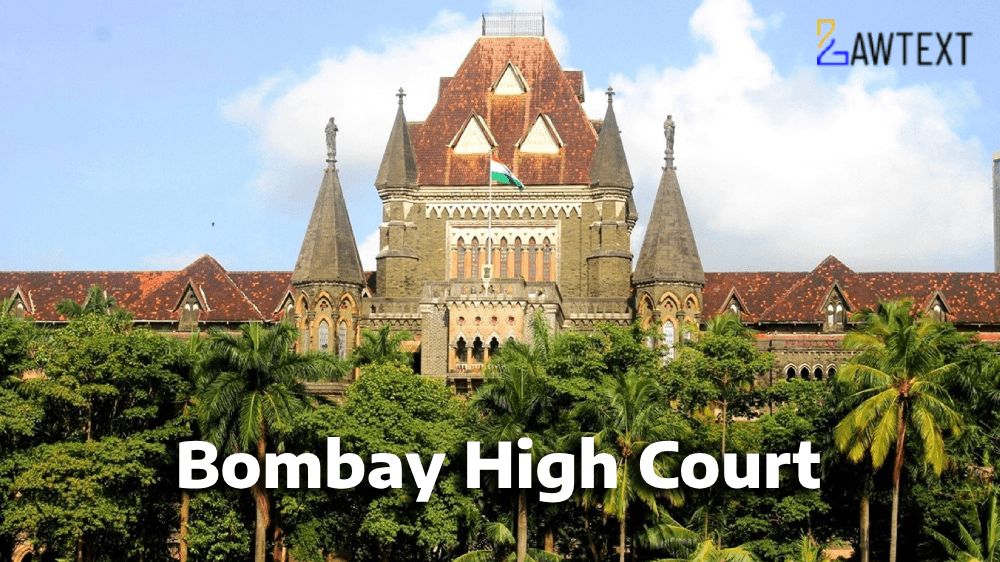CASE NOTE & SUMMARY
The applicant, claimed to be the nephew of the original tenant, Dinamai, and argued that he had lived with her as a family member from 1974 until her death in 1977. After Dinamai's death, the landlord, along with other respondents, contested Sukhadwala's claim, leading to a lengthy legal battle.
The key question was whether Sukhadwala, under Section 5(11)(c) of the Bombay Rent Act, could be recognized as a tenant. The trial court ruled in favor of the applicant, but the appellate court reversed this decision, leading to the current revision application.
The primary issue revolves around whether the applicant, Soli Behram Sukhadwala, could be considered a tenant by succession under Section 5(11)(c) of the Bombay Rent Act. The applicant claimed tenancy based on his relationship with the deceased tenant, Dinamai Rustomji Master, asserting that he lived with her as part of her family before her death. The case discussed various legal principles around family relationships, residency requirements, and the scope of tenancy succession under the Bombay Rent Act.
- Tenancy Succession: Whether the applicant can inherit the tenancy rights by proving familial relationship and continuous residence with the original tenant.
- Familial Relationship: The Court examined the nature and closeness of the relationship between the applicant and the deceased tenant.
- Residence and Evidence: The Court scrutinized whether the applicant resided with the tenant for a significant period, as required by law, and evaluated the evidence presented, such as ration cards and wills.
1. Background of the Dispute:
- Residential premises located at Sohni Mansion were originally tenanted by Dinamai Rustomji Master.
- After Dinamai’s death in 1977, the applicant claimed tenancy rights under the Bombay Rent Act.
2. Applicant’s Claim:
- The applicant argued that he resided with Dinamai from 1974 and was her family member, entitled to succeed her tenancy rights under Section 5(11)(c) of the Bombay Rent Act.
3. Subsequent Legal Proceedings:
- The applicant filed suits for declaration of his tenancy, which was initially allowed by the Small Causes Court. However, the appellate bench reversed this judgment, leading to the revision application before the Bombay High Court.
4. Evidence Presented by the Applicant:
- The applicant presented documents like the Ration Card, Will, and Codicil to prove his relationship with Dinamai and his residence in the suit premises.
- He claimed that after Dinamai's death, the original landlords did not object to his continued residence.
5. Respondent's Counterarguments:
- The respondents, especially the third respondent, M.D. Choksey Construction, denied the applicant's relationship with Dinamai and disputed his residence claim.
- The respondents argued that the applicant had fabricated documents to establish a false claim of tenancy.
6. Appellate Court’s Rationale:
- The appellate court raised doubts about the genuineness of the evidence and concluded that the applicant had failed to prove his residence as a family member of Dinamai, reversing the earlier judgment.
7. High Court’s Analysis and Judgment:
- The High Court evaluated the definitions under Section 5(11)(c) and the documentary evidence presented.
- The court held that the applicant failed to substantiate his claim of tenancy and relationship with the deceased tenant, rejecting his plea for tenancy succession.
Ratio:
The court emphasized that tenancy rights under Section 5(11)(c) of the Bombay Rent Act can only be conferred on a person who proves to be a family member residing with the original tenant. Succession of tenancy cannot be based on distant familial ties or short-term residence. The applicant’s failure to provide concrete evidence of prolonged residence and a close familial bond with the original tenant led to the dismissal of his claim.
Acts and Sections Discussed:
- Section 115 of the Code of Civil Procedure, 1908 (Revisionary Jurisdiction)
- Section 5(11)(c) of the Bombay Rent Act, 1947 (Definition of Tenant and Succession Rights)
- Various Supreme Court Precedents on the definition of "family" and tenancy succession.
Subjects:
Tenancy Succession, Familial Rights under Rent Control Legislation.
Bombay Rent Act, Tenancy Dispute, Civil Revision, Familial Relationships, Evidence in Tenancy Claims.
Citation: 2024 LawText (BOM) (10) 5
Case Number: CIVIL REVISION APPLICATION NO.187 OF 2007 WITH CIVIL APPLICATION NO.395 OF 2019 IN CIVIL REVISION APPLICATION NO.187 OF 2007
Date of Decision: 2024-10-01
Case Title: Soli Behram Sukhadwala Versus Nitin D. Sohni & Ors.
Before Judge: SANDEEP V. MARNE, J.
Advocate(s): Mr. Vishwajit Sawant, Senior Advocate with Mr. Akshay Doctor, Mr. Himank Singh & Ms Abha Gokhale i/b. M/s. Desai and Diwanji for the Applicant. Mr. Pradeep J. Thorat with Mr. Deepak Chitnis, Ms Aditi Naikare & Mr. Aniesh Jadhav i/b. M/s. Deepak Chitnis Chiparikar & Co., for Respondent No.3. Mr. Agnel Carneiro with Mr. Smit John Colaco i/b. M/s. Mulla & Mulla & Craige Blunt & Caroe for Respondent Nos.6(b) and 6(c).
Appellant: Soli Behram Sukhadwala
Respondent: Nitin D. Sohni & Ors.

